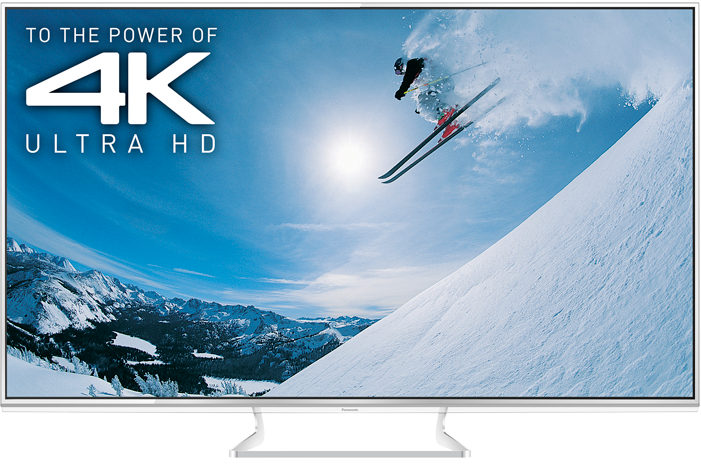

Panasonic announced today at the IFA 2013 conference in Berlin, Germany what it claims is the world’s first Ultra HD TV with 4K 50/60 Hz input. The company also claims its 65-inch L65WT600 is the first TV with the new HDMI 2.0 and Displayport 1.2a inputs. Finally, the TV is apparently the first to have earned THX’s 4K certification.
According to Panasonic’s website, the WT600 is set to retail at $6,000.
Panasonic also promoted the set’s built-in H.264 4K decoder and HTML 5 web browser which enables it to display 4K web video and Ultra high-resolution web images such as maps. The TV features the latest version of Panasonic’s My Home Screen, which customizes content and apps based on user preferences.
The benefit of an HDMI 2.0 input is the cable standard’s ability to pass 4K images at high refresh rates. Previously, HDMI 1.4 was 
Panasonic says the WT600 is due to ship in October.



